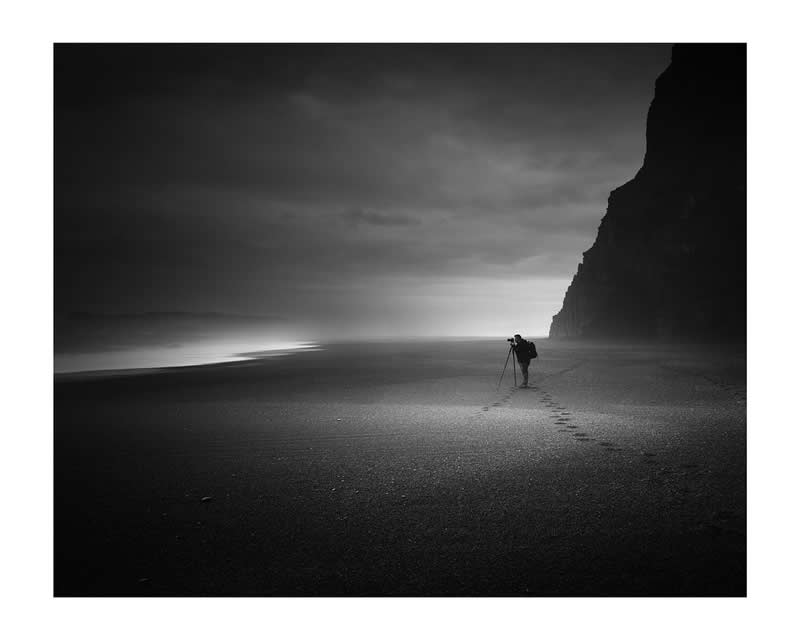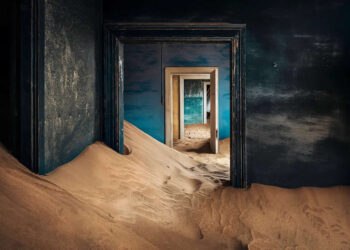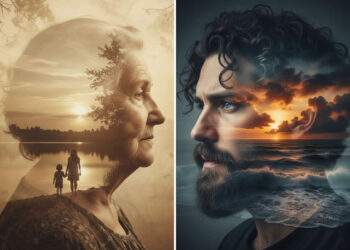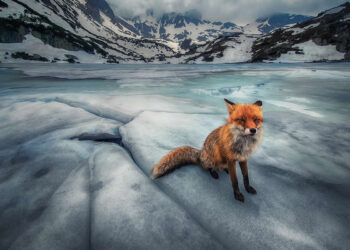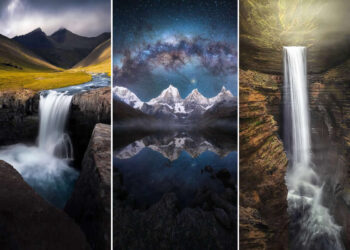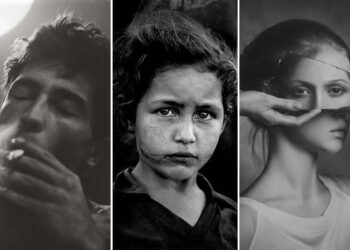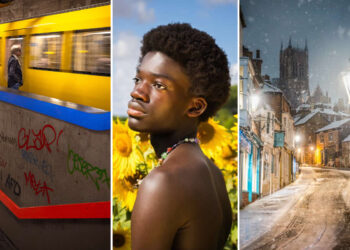In a world overwhelmed by visual chaos and saturated colors, Jay Vulture’s black and white landscape photography offers a sanctuary of calm. Based in London, this award-winning fine art photographer is known for crafting images that go beyond aesthetics — they speak to the soul. Using long exposure techniques and a masterful eye for composition, Vulture transforms natural landscapes into timeless meditations on silence, emotion, and presence.

His work is not merely about capturing scenery; it’s about revealing the quiet truths that exist within it. Each photograph is a study in contrast, framing, and minimalism — a monochrome world where light and shadow play out subtle emotional narratives. From the windswept coastlines of Iceland to the tranquil canals of Venice, Vulture’s images reflect a deep connection to the spirit of place.
But his influence extends beyond the lens. Through photography workshops in London and abroad, he inspires others to see the world not just with their eyes, but with their hearts. Whether teaching composition or encouraging mindfulness behind the camera, Jay Vulture is cultivating a new way of experiencing photography — one rooted in silence, stillness, and soulful exploration. His art invites us to pause, reflect, and truly see.
Scroll down and inspire yourself. You can check Jay’s Instagram link for more amazing photos.
You can find Jay Vulture on the web:
#1
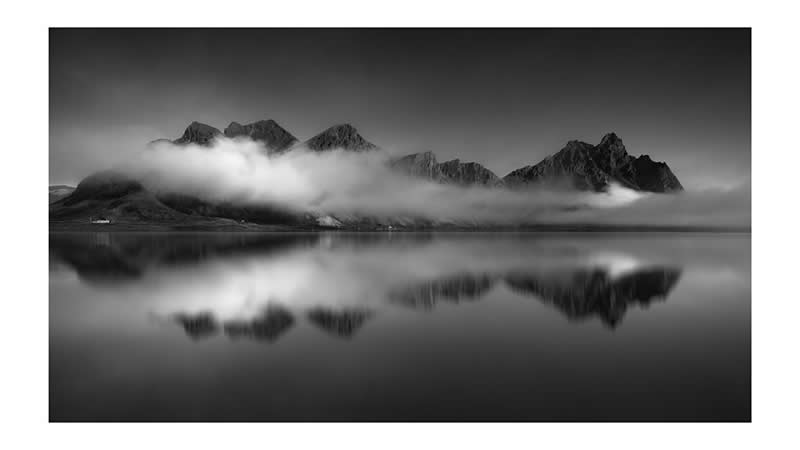
#2

#3
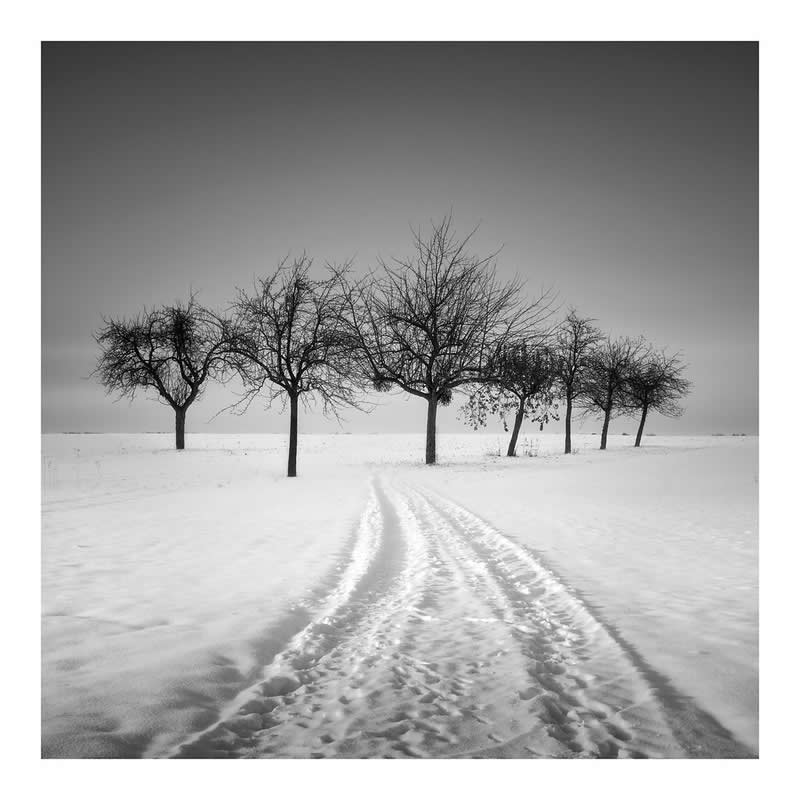
The Art of Stillness: Silence as a Visual Language
For Jay Vulture, silence is more than the absence of sound — it’s a language. His black and white landscapes seem to speak in whispers, inviting viewers into a space where time slows down. Through long exposures, he captures the gentle movement of clouds, the soft sweep of water, and the eternal stillness of stone. This pursuit of silence is not a technical exercise but a philosophical one, expressing a profound connection between nature and the human spirit.
#4
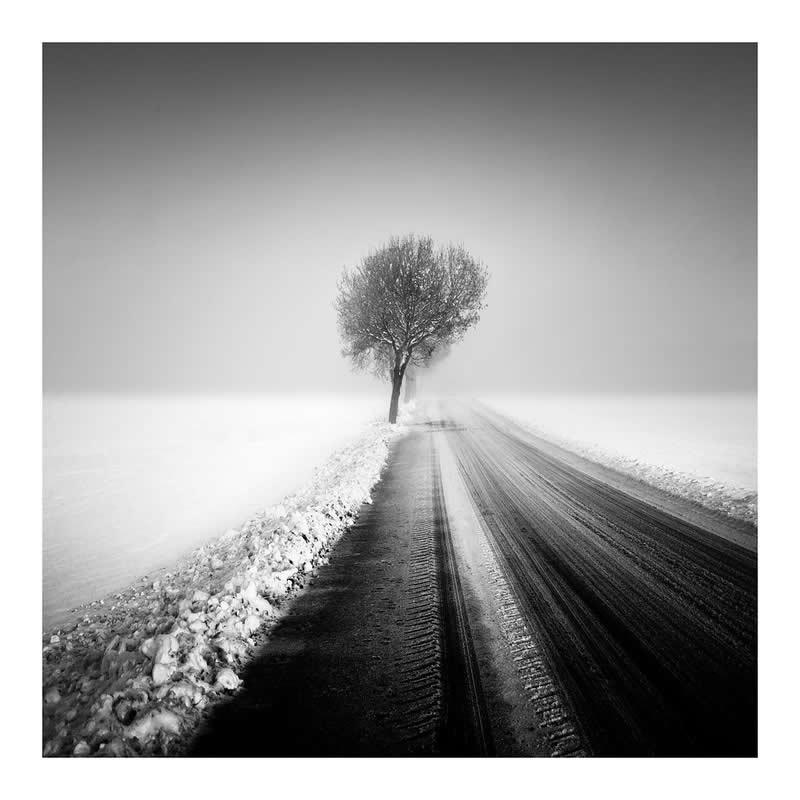
#5
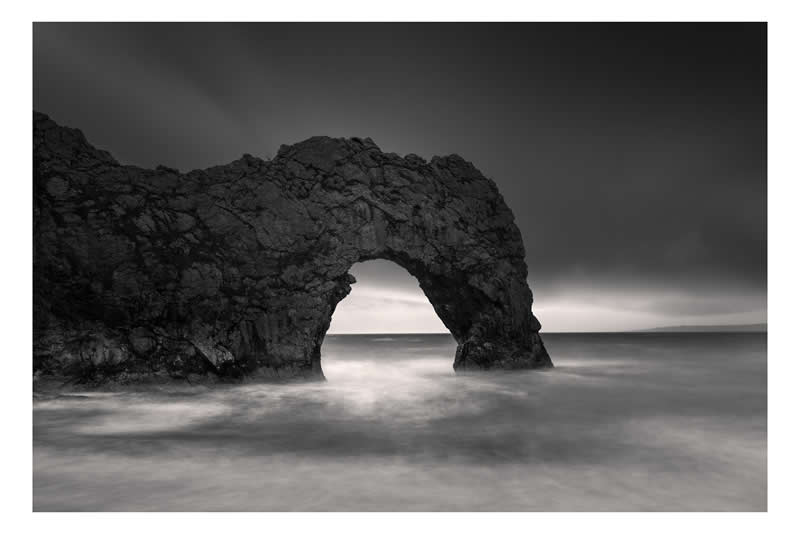
#6
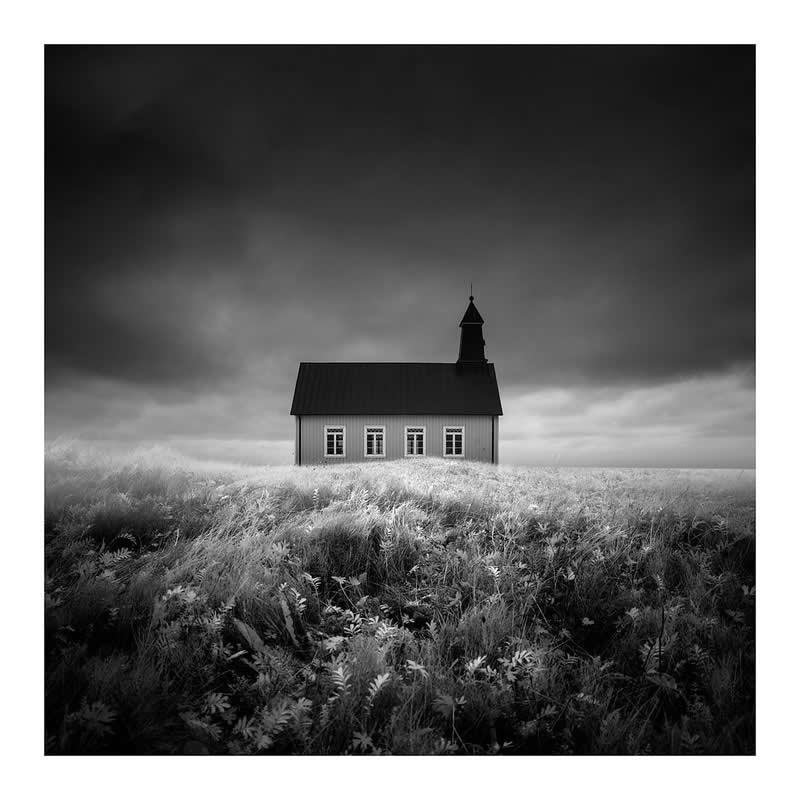
Mastering the Monochrome: The Power of Black and White
Color is often used to elicit emotion, but Vulture strips it away to uncover something deeper. By working exclusively in black and white, he sharpens the viewer’s focus on texture, contrast, and composition. Shadows and highlights become tools to sculpt a scene’s emotional resonance. This choice elevates his landscapes beyond documentation — they become fine art, where mood and metaphor thrive in the absence of color.
#7
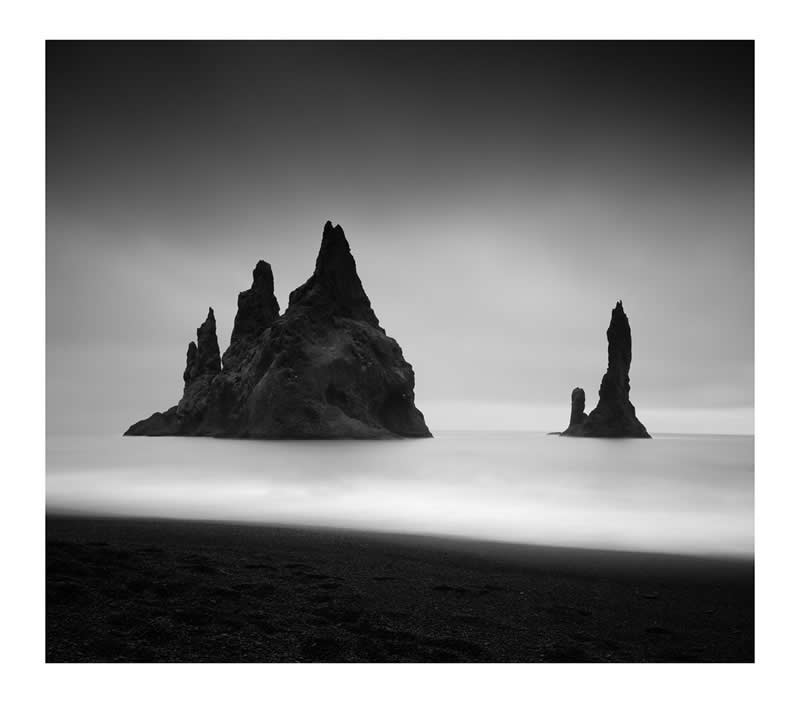
#8
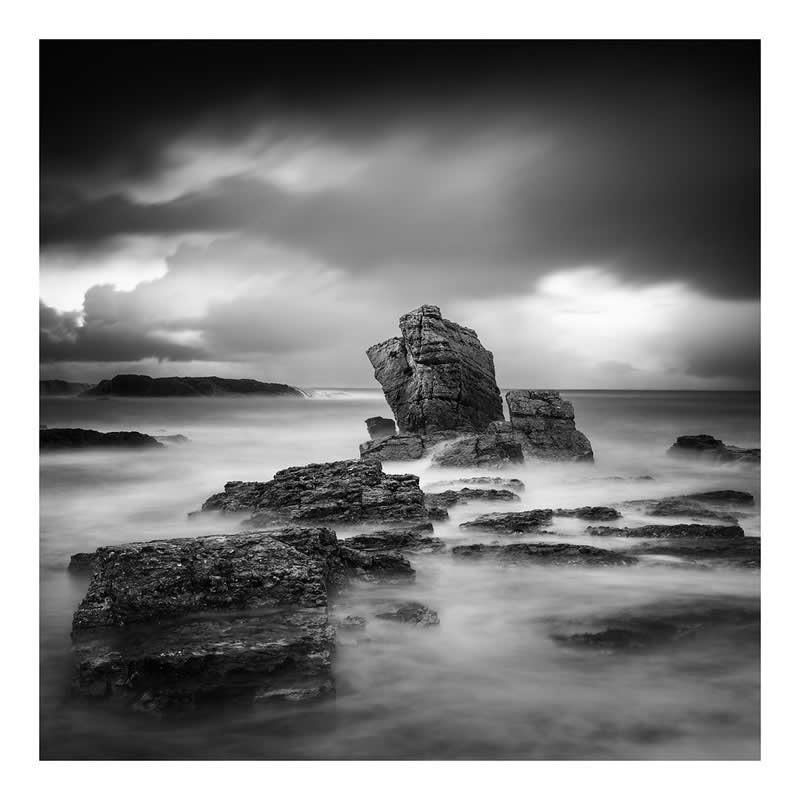
#9
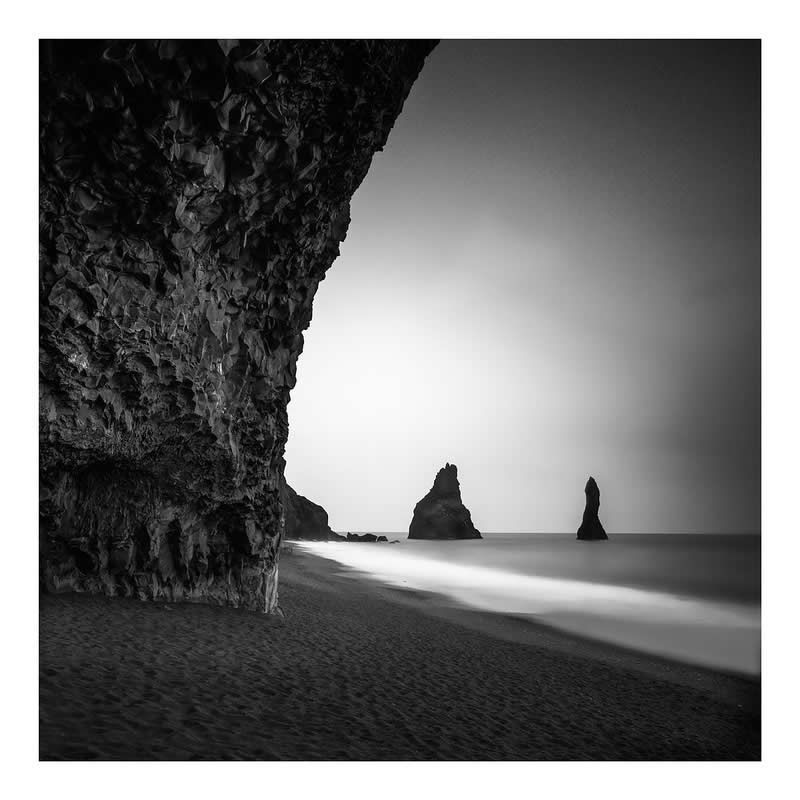
Long Exposure as Meditation
Long exposure photography is central to Jay Vulture’s process. By extending shutter speeds, he introduces a sense of surreal stillness into dynamic environments. Water turns to mist, clouds become brushed streaks of light, and light itself softens into calm gradients. The technique not only enhances visual impact but reflects Vulture’s meditative approach to his craft. Each frame is the result of patience, presence, and profound observation.
#10
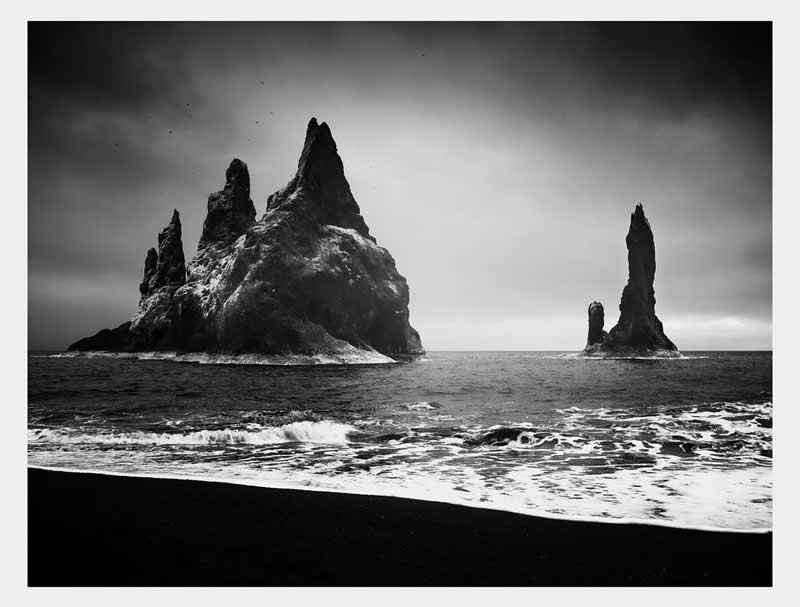
#11
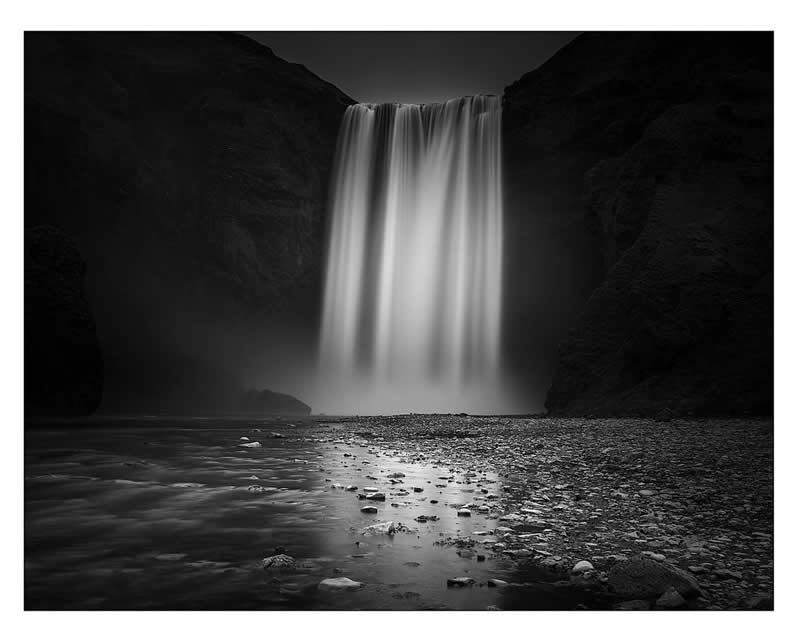
#12
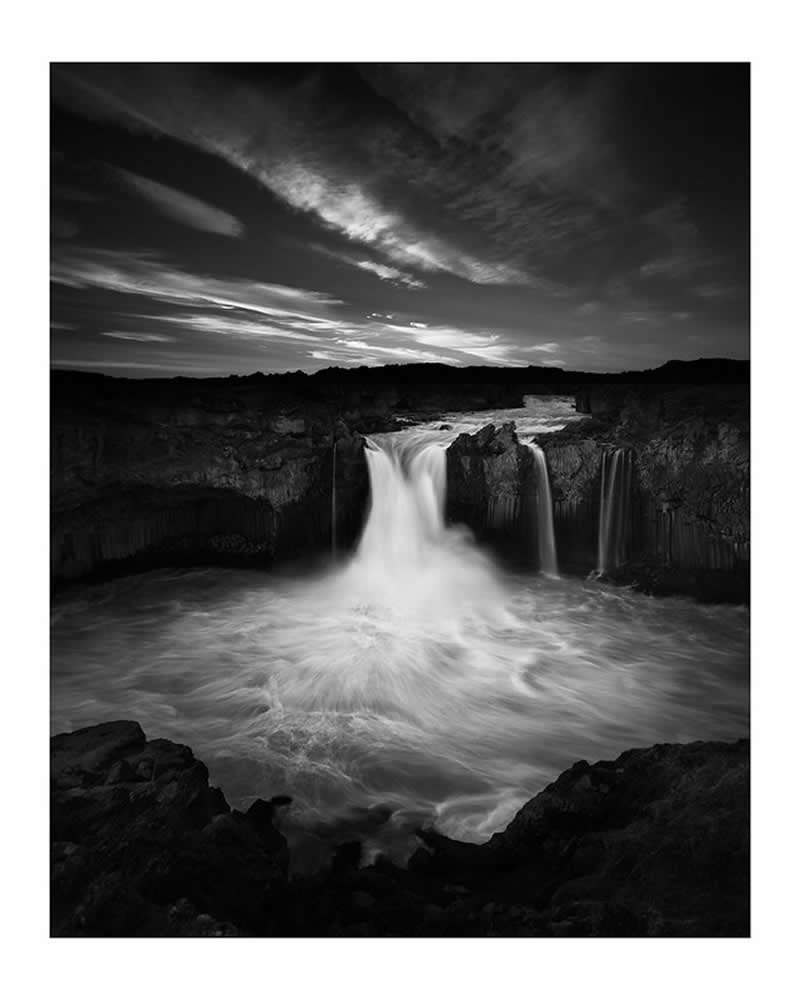
Emotion in the Details
It’s the smallest elements that often carry the greatest emotional weight in Vulture’s photography. A solitary tree, a weathered pier, a line of rocks stretching into an empty sea — these details evoke a quiet strength. His careful framing ensures that every component of the landscape contributes to the overall feeling. These are not random captures; they are emotional portraits of place.
#13
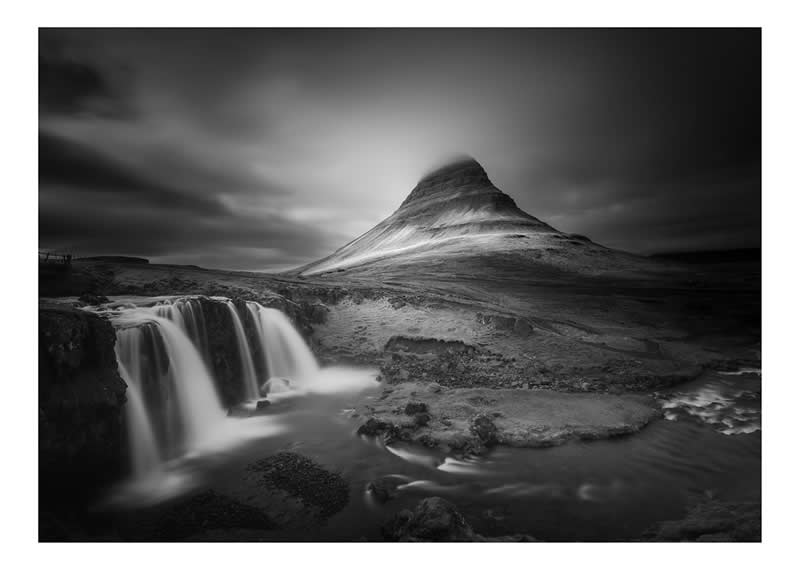
#14
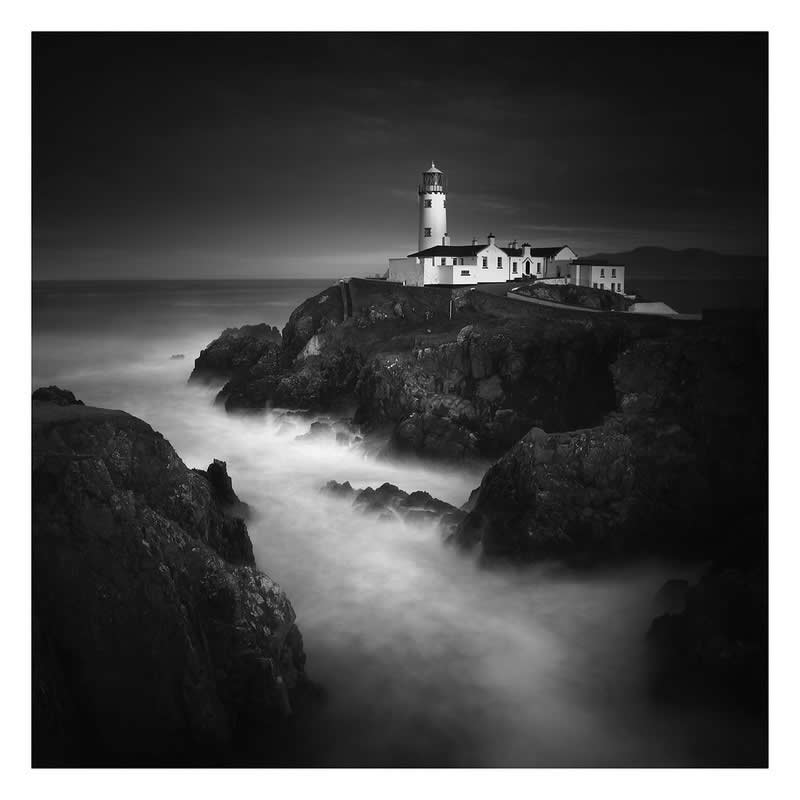
#15

Composition and Contrast: The Silent Architects of Art
Vulture’s images are meticulously composed, guided by a keen sense of balance and proportion. His use of negative space and leading lines pulls the viewer into the frame, guiding their eye toward a point of stillness or reflection. Contrast plays an equally critical role — the dance between dark and light becomes a metaphor for inner and outer worlds. It is this intentionality in framing and tonal balance that distinguishes his work as true fine art.
#16
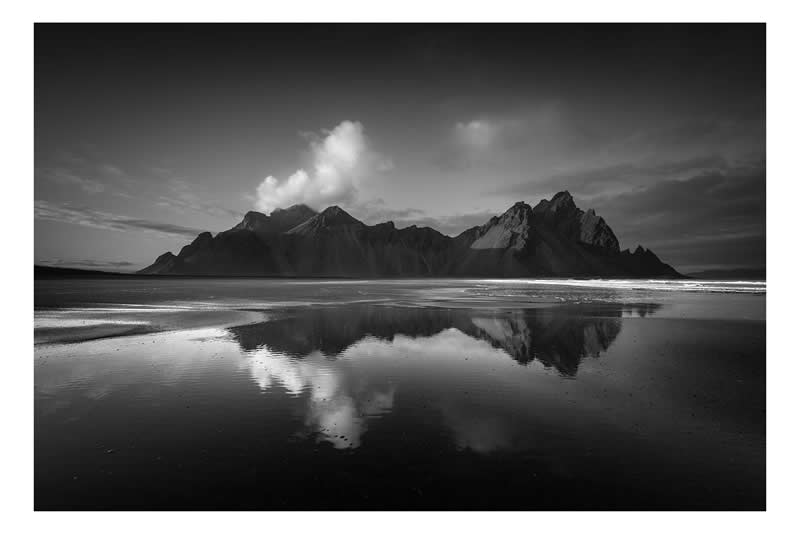
#17
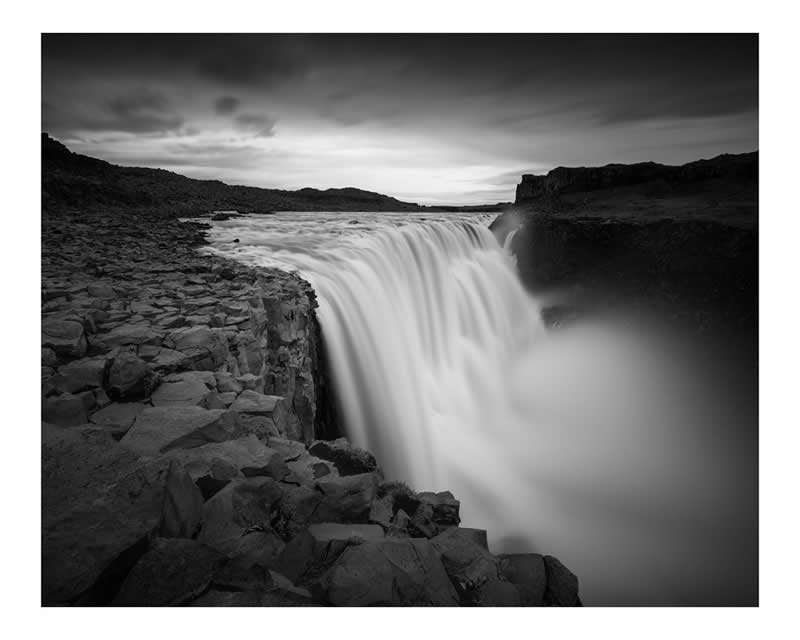
#18
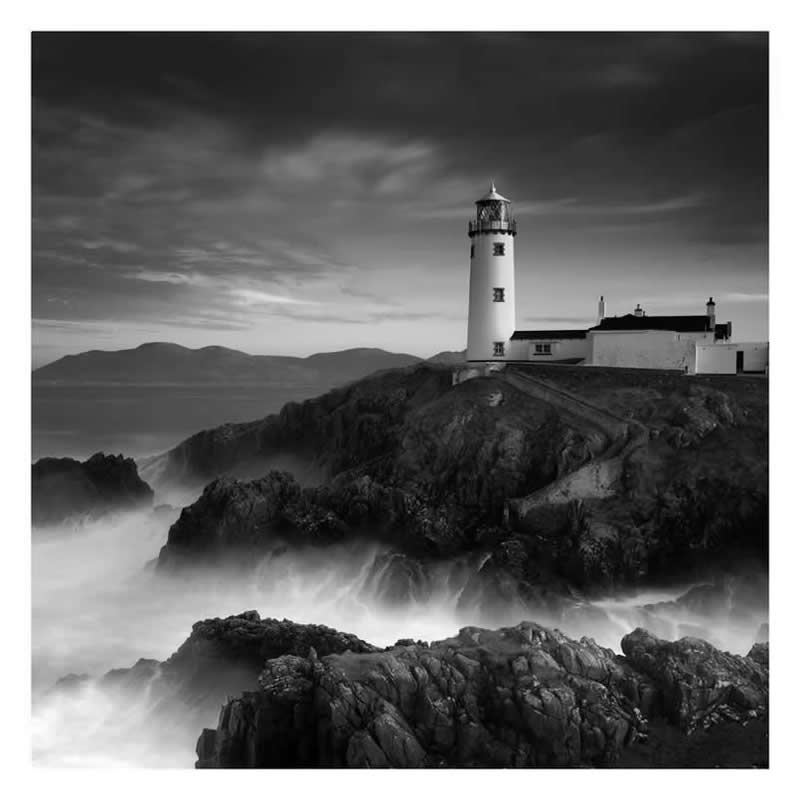
Workshops That Inspire: Sharing a Vision
Beyond his personal practice, Jay Vulture is an inspiring educator. His photography workshops — held in iconic locations such as London, Venice, and Iceland — offer participants more than technical training. They are immersive experiences in visual storytelling and emotional awareness. He teaches students how to see, not just how to shoot. Under his guidance, many photographers have discovered new depths in their own creative journeys.
#19
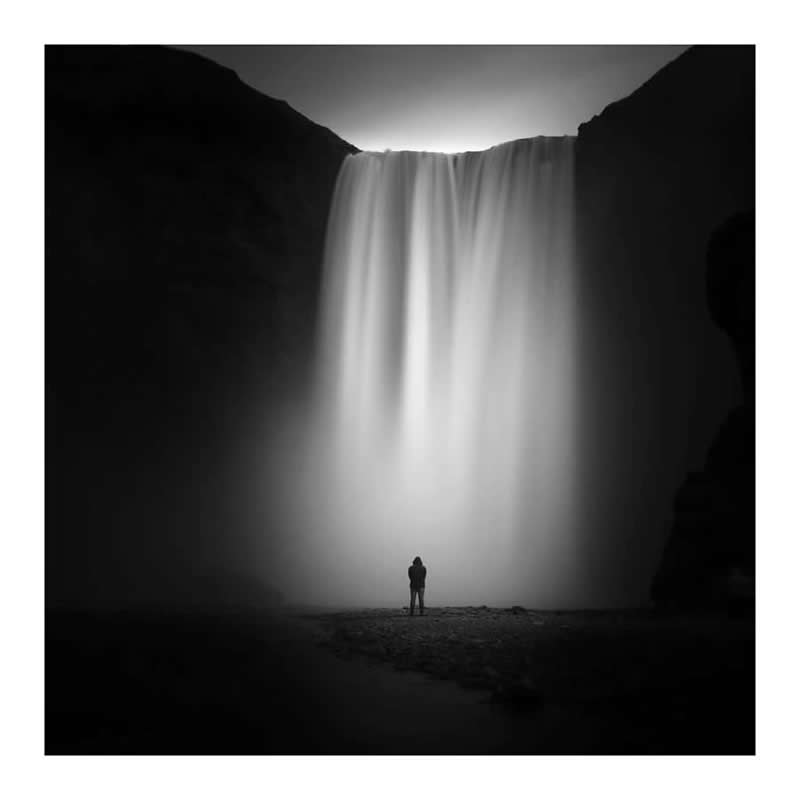
#20
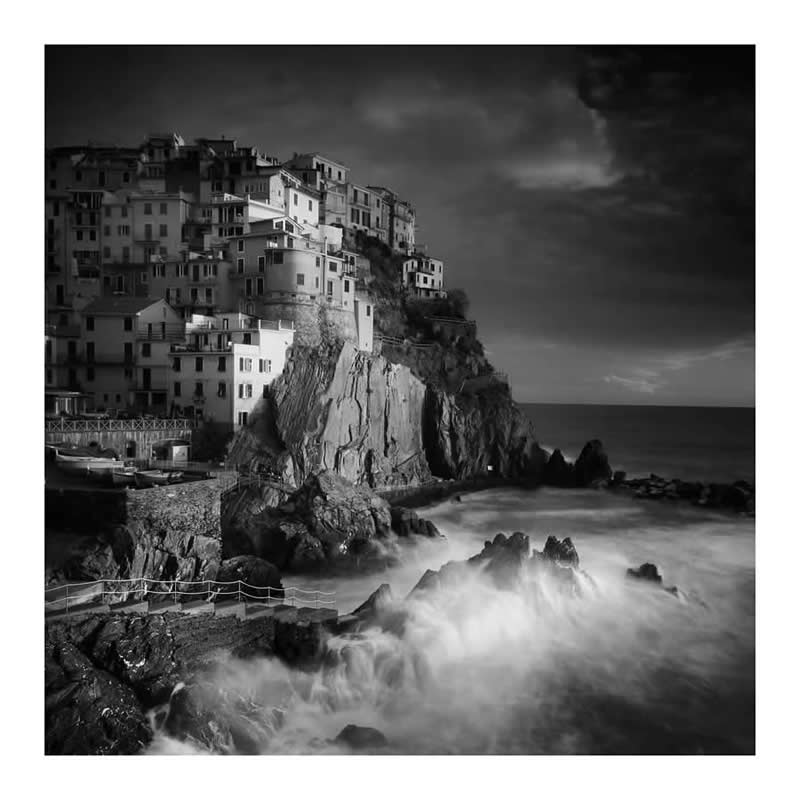
#21
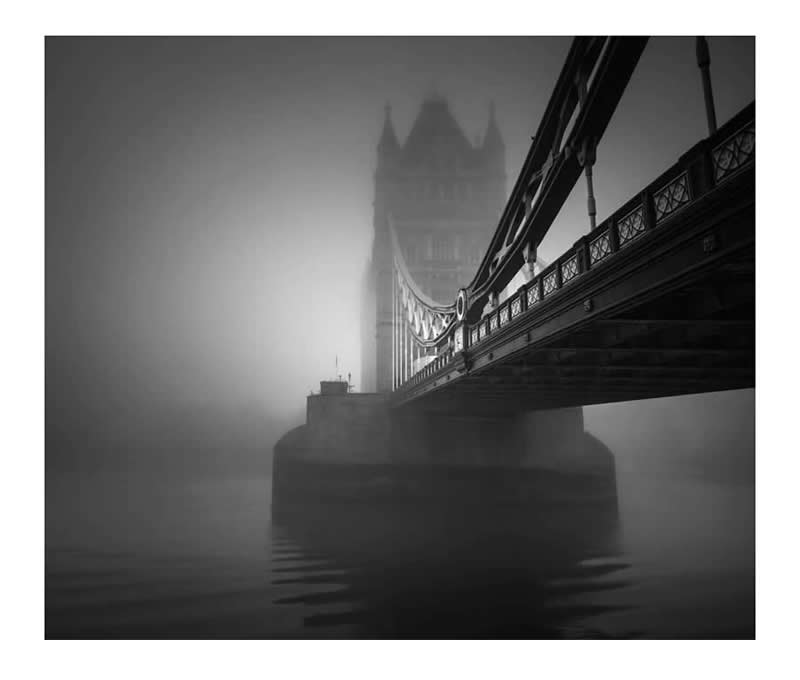
Landscapes as Emotional Mirrors
Each landscape Vulture captures is more than just a view — it’s a mirror for the soul. His work encourages introspection, gently nudging the viewer to confront stillness and solitude. These images are meditative spaces, rich with feeling yet free of drama. They remind us that beauty often lies in simplicity, and that emotion can be conveyed without a single word or color.
#22
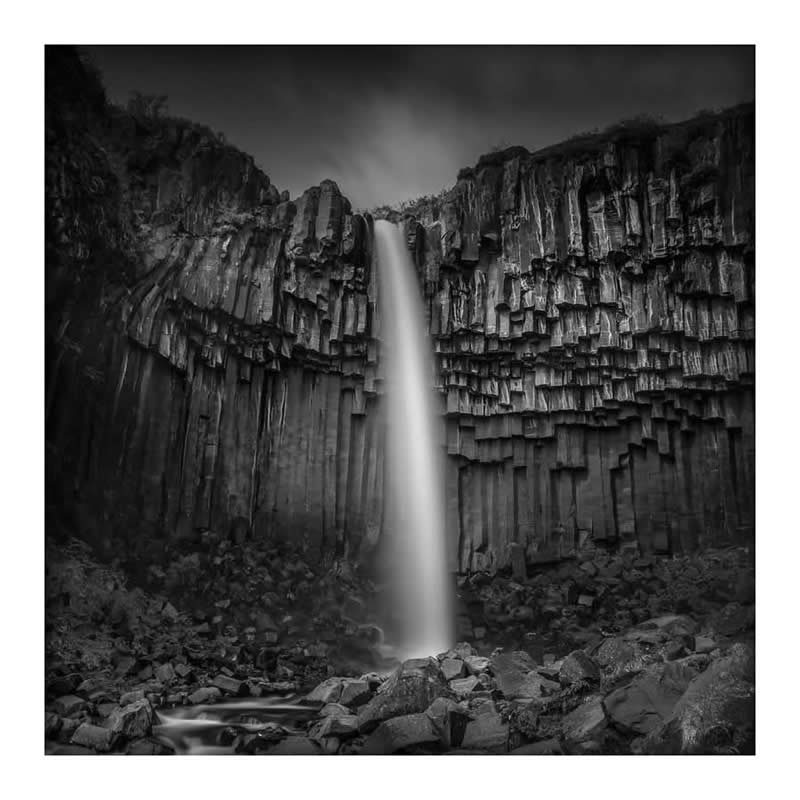
#23
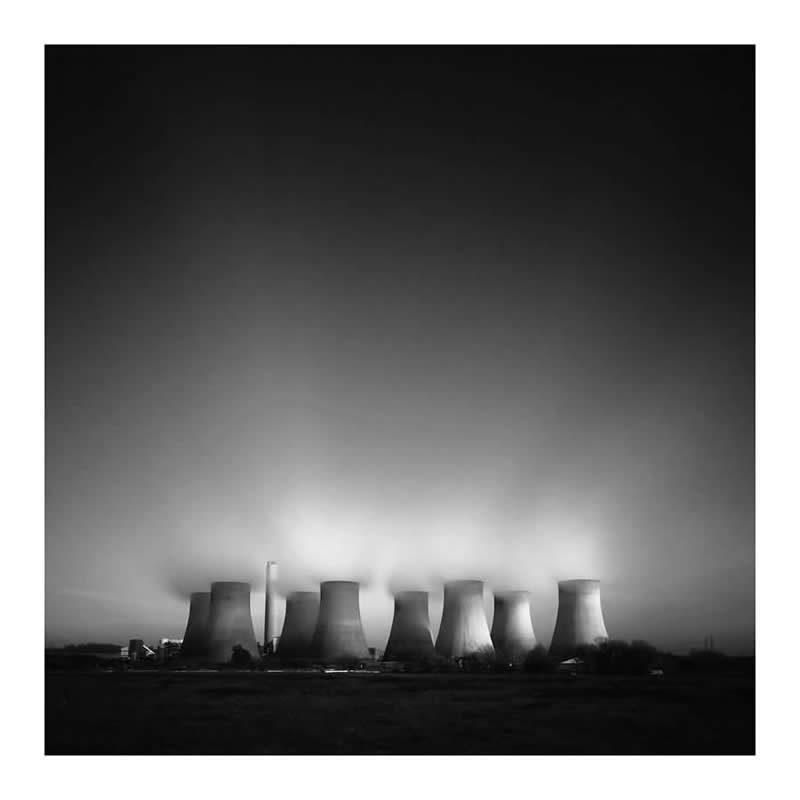
#24
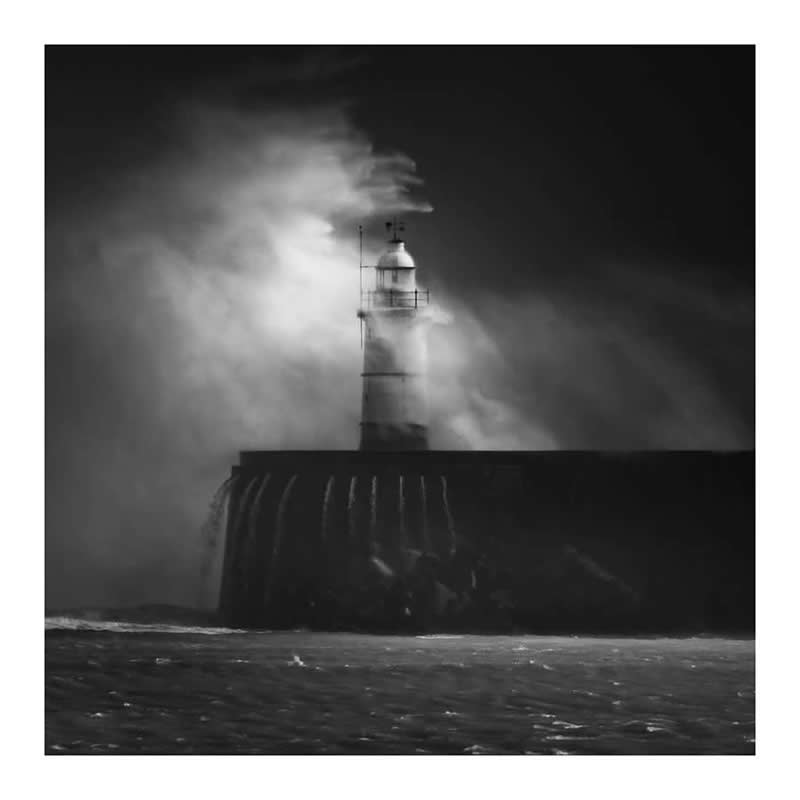
Recognition and Legacy: An Award-Winning Visionary
Jay Vulture’s soulful black and white landscapes have not gone unnoticed. His work has earned him multiple awards and a growing international audience. Yet, what sets him apart is not just the accolades, but the sincerity of his vision. In every frame, there is a sense of purpose — a quiet rebellion against noise, distraction, and superficiality. He is not just taking pictures; he is creating art that lingers in the heart long after the eyes have moved on.
#25
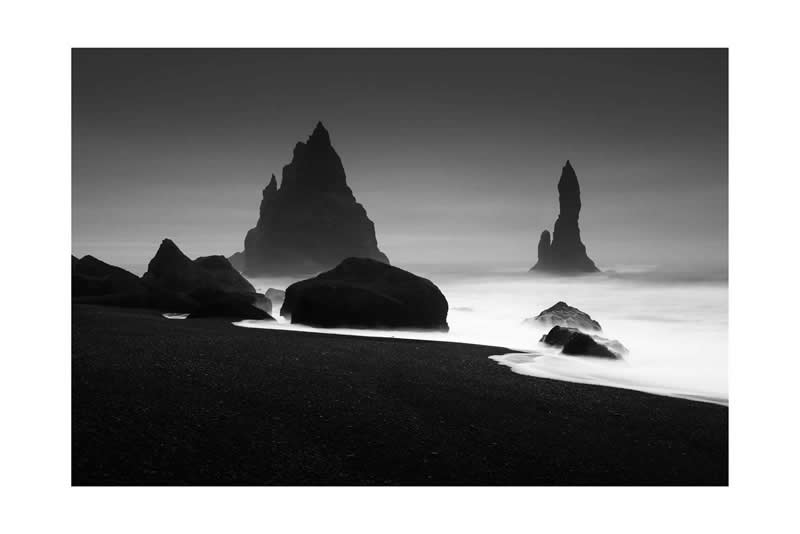
#26
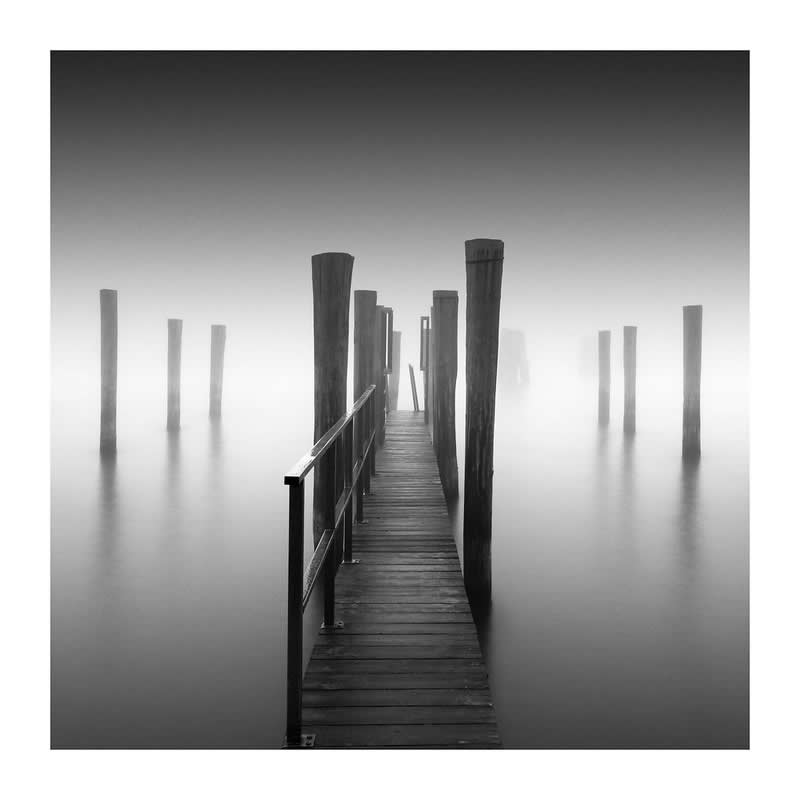
#27
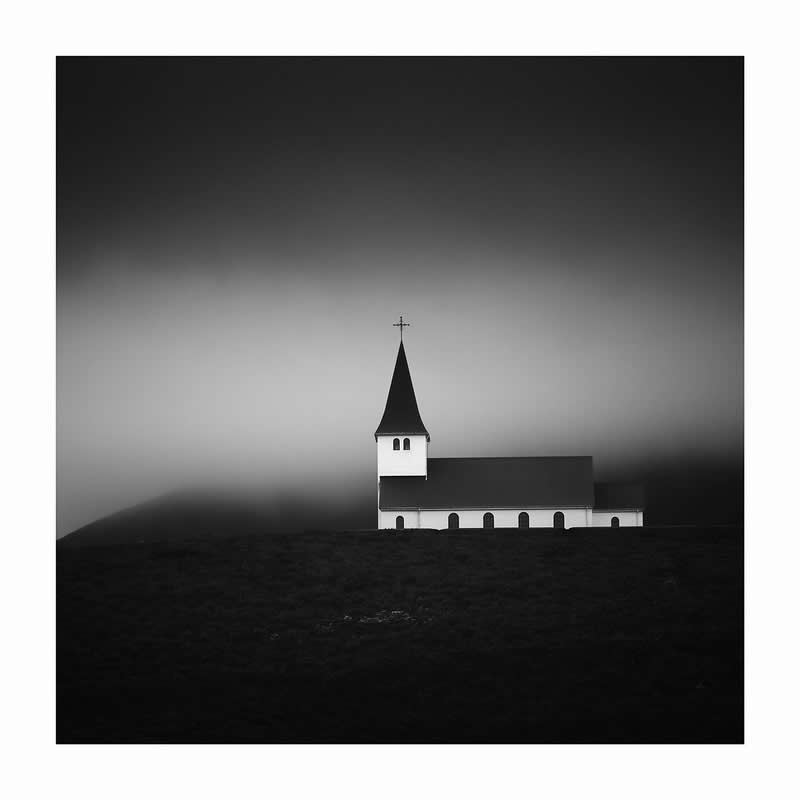
Conclusion: A Journey Into the Soul of the Landscape
Jay Vulture’s photography is more than visual art — it’s an invitation to pause, reflect, and reconnect. Through his soulful black and white landscapes, he reveals the quiet grandeur of nature and the silent stories it tells. His mastery of composition, contrast, and emotional detail transforms each image into a timeless meditation. Whether standing on a windswept coast in Iceland or a fog-laced bridge in Venice, Jay Vulture captures not just what the landscape looks like, but what it feels like. And in that feeling, we find ourselves.
#28
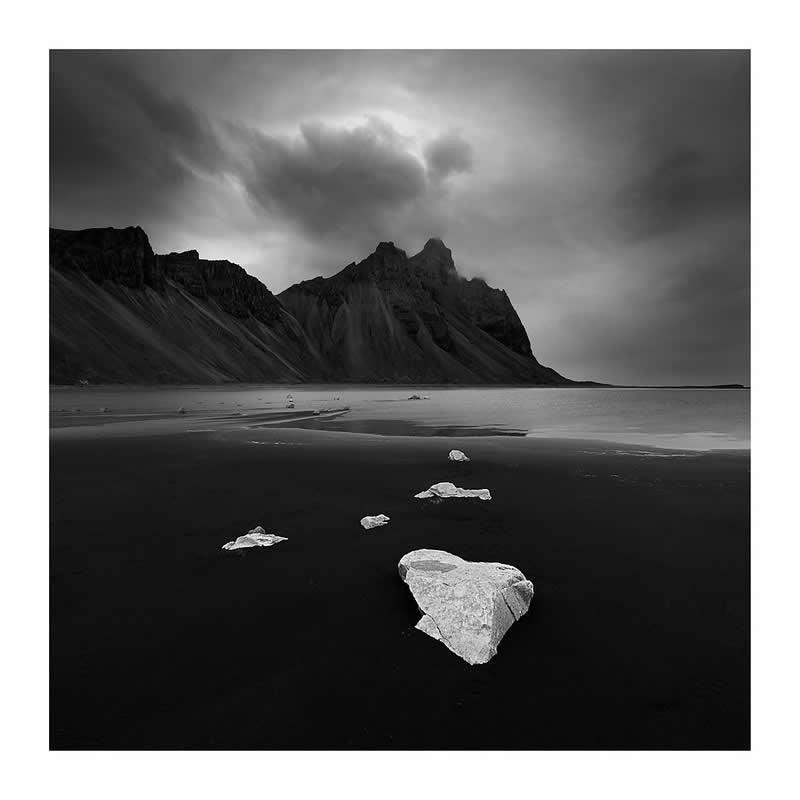
#29
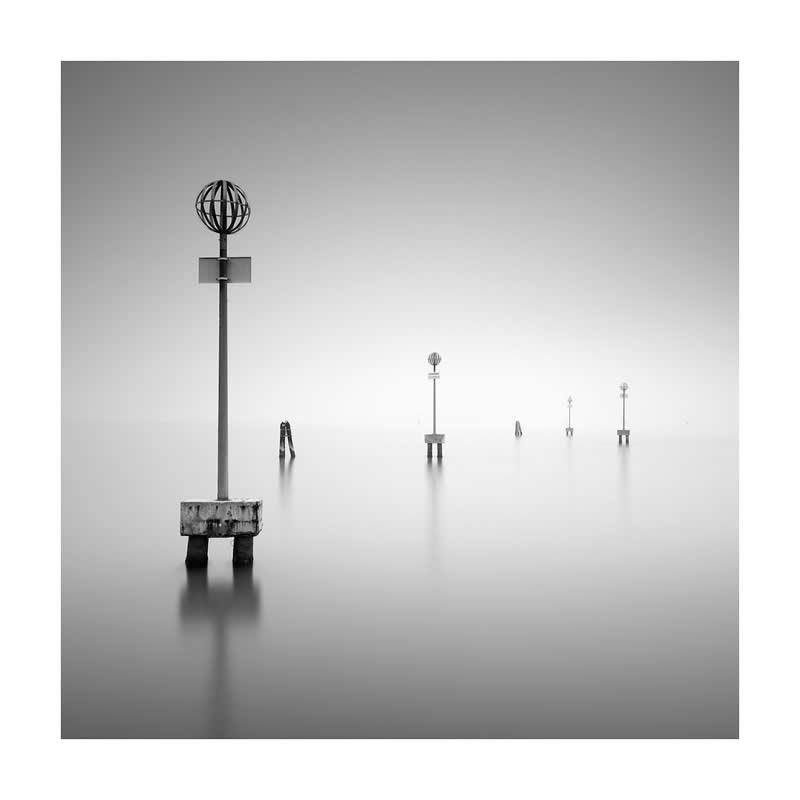
#30
